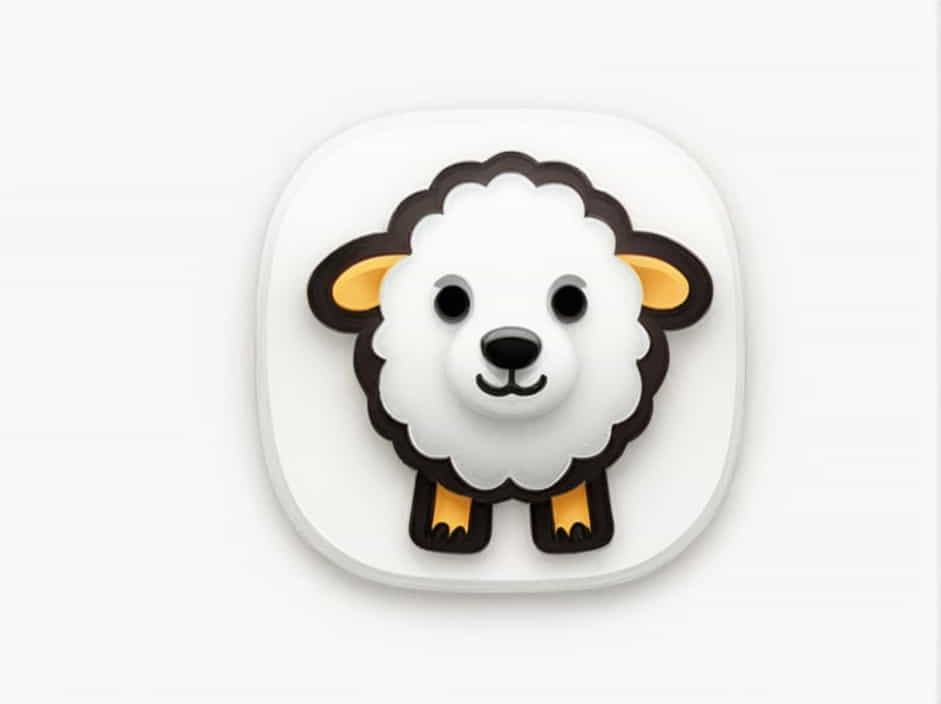In the world of livestock and farming, understanding animal terminology is essential. One common term is “ewe,” which refers to a female sheep. But what is the opposite of a ewe? The direct opposite is a “ram,” which is a male sheep.
In this topic, we will explore the meaning of ewe and ram, their differences, and other related sheep terminology.
What Is a Ewe?
A ewe is a female sheep, typically one that has reached reproductive maturity. Ewes are responsible for producing lambs and are essential to sheep farming for both wool and meat production.
Characteristics of a Ewe:
- Female sheep
- Can reproduce and give birth to lambs
- Often used for wool and milk production
- Generally smaller and less aggressive than male sheep
Example Sentences:
- The farmer bought several ewes to expand the flock.
- A pregnant ewe requires extra care and nutrition.
- The wool from ewes is commonly used in textile production.
What Is the Opposite of a Ewe?
The opposite of a ewe is a ram, which is a male sheep. Rams play a crucial role in breeding and are typically more muscular and larger than ewes.
Characteristics of a Ram:
- Male sheep
- Used for breeding with ewes
- Usually has larger, curved horns
- More dominant and territorial than ewes
Example Sentences:
- The ram was introduced to the flock to ensure successful breeding.
- Rams are known for their strong horns and aggressive behavior.
- A healthy ram is essential for maintaining a productive sheep farm.
Other Related Sheep Terminology
In addition to ewe and ram, there are other important terms related to sheep:
1. Lamb
A lamb is a young sheep that is less than a year old. Both male and female sheep are called lambs when they are young.
Example:
- The newborn lambs were kept in a warm shelter.
2. Wether
A wether is a castrated male sheep. Wethers are often raised for wool production and are less aggressive than rams.
Example:
- The farmer kept wethers for their high-quality wool.
3. Shearling
A shearling is a young sheep that has been sheared once.
Example:
- The shearling wool is softer and more valuable in textile production.
Differences Between Ewe and Ram
To better understand the opposite of a ewe, let’s compare ewes and rams side by side.
| Feature | Ewe | Ram |
|---|---|---|
| Gender | Female | Male |
| Role | Produces lambs, provides milk and wool | Used for breeding, protects the flock |
| Size | Smaller and lighter | Larger and more muscular |
| Horns | Usually small or absent | Large, curved horns |
| Temperament | Docile and social | More aggressive and territorial |
The Importance of Ewes and Rams in Sheep Farming
Both ewes and rams play essential roles in sheep farming. Without ewes, lamb production would not be possible. Similarly, rams are necessary for breeding and maintaining strong genetics within the flock.
How Farmers Manage Ewes and Rams
- Breeding Seasons: Farmers introduce rams to ewes during specific seasons to control lambing times.
- Diet and Nutrition: Ewes require a nutrient-rich diet for pregnancy, while rams need a diet that supports their strength and reproductive health.
- Wool Production: Both ewes and rams produce wool, but ewes are often preferred for their softer fleece.
Fun Facts About Ewes and Rams
- Rams can fight by headbutting each other to establish dominance in the flock.
- Ewes have strong maternal instincts and can recognize their lambs by sound and smell.
- A group of sheep is called a flock, regardless of whether it consists of ewes, rams, or lambs.
The opposite of a ewe is a ram, which is a male sheep. While ewes are responsible for reproduction, milk, and wool production, rams play a key role in breeding and flock protection. Understanding these differences is crucial for farmers, livestock enthusiasts, and anyone interested in animal terminology.
By learning about ewes, rams, and other sheep-related terms, you can gain a deeper appreciation for these fascinating animals and their role in agriculture.
